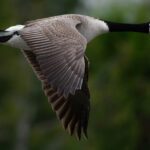Have you noticed tiny flies buzzing around your beloved houseplants? One day they’re just a minor annoyance, and seemingly overnight, they’ve multiplied into a full-blown infestation. You’ve likely encountered fungus gnats, a common houseplant pest.
Don’t worry, you’re not alone! Many plant enthusiasts face this problem. This guide will delve into what causes these pesky flies and, more importantly, provide effective strategies on How To Get Rid Of Flies On Plants and prevent their return. We’ll also touch on houseplant fungus identification, as fungal issues can attract these gnats, and how to address them.
By the end of this article, you’ll be well-equipped to identify, eliminate, and prevent fungus gnats, ensuring your houseplants remain healthy and gnat-free.
Bromeliads are known for their resilience to gnats, making them a great choice for those wanting to avoid these pests.
Bromeliad ‘Silvervase’
Identifying Flies on Your Houseplants: Fungus Gnats
 Identifying Flies on Your Houseplants: Fungus Gnats
Identifying Flies on Your Houseplants: Fungus Gnats
The culprits behind those annoying houseplant flies are typically fungus gnats. These small, brown flies, approximately 3-4mm in length, thrive in moist soil, which serves as their breeding ground. While the adult gnats are mostly a nuisance, their larvae can cause damage, particularly to seedlings and young cuttings by feeding on roots. However, for established houseplants, they are generally more of an aesthetic and irritating problem than a serious threat to plant health.
Fungus gnats are not strong fliers and tend to stay close to their breeding source – your houseplants. However, they are attracted to carbon dioxide. This explains why you might find them uncomfortably close to your face, buzzing around your nose and mouth!
Detecting a Fungus Gnat Infestation: The Potato Trick
Potato Slices as Detectors
When you have multiple houseplants, pinpointing the source of a gnat infestation can be tricky. Using potato slices is a simple yet effective method to identify affected plants. Gnat larvae are drawn to potatoes, making them an excellent lure.
To use this method, cut a raw potato into slices and place them directly on the soil surface of your houseplants. Fungus gnat larvae will start migrating towards the potato within hours. For a clearer picture of the infestation severity, leave the potato slices overnight. Once you’ve identified the affected plants, you can proceed with the most suitable method from the solutions outlined below on how to get rid of flies on plants.
Preventing Fungus Gnats: Proactive Measures
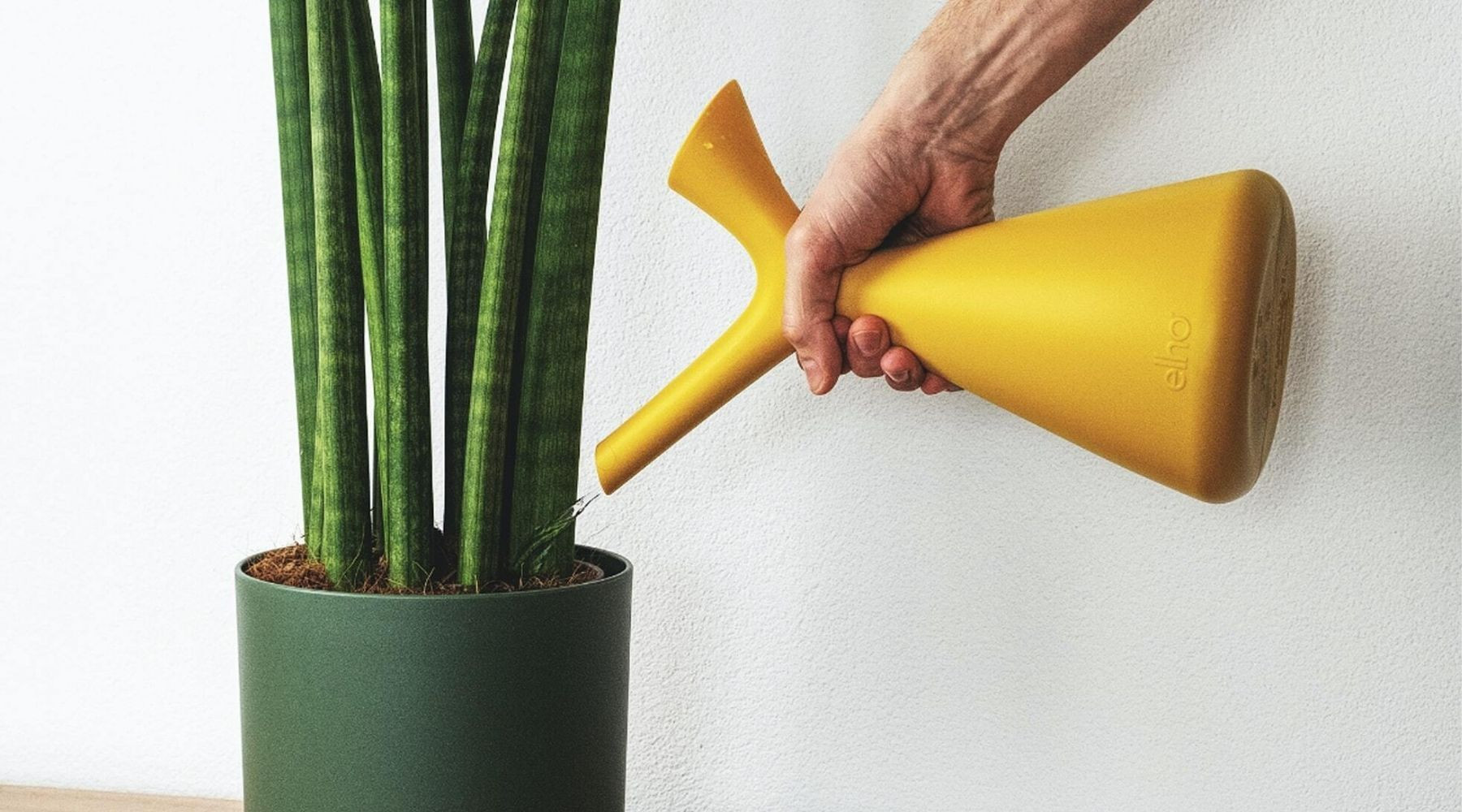 Preventing Fungus Gnats: Proactive Measures
Preventing Fungus Gnats: Proactive Measures
The Golden Rule: Avoid Overwatering
Prevention is always better than cure, and the most effective way to prevent fungus gnats is to avoid overwatering your houseplants. Fungus gnats are attracted to consistently moist soil, which provides the ideal conditions for them to lay their eggs and for their larvae to thrive.
Ensure Proper Drainage
Good drainage is crucial for healthy houseplants and gnat prevention. Plant pots should have drainage holes to allow excess water to escape. Without adequate drainage, the soil remains waterlogged, creating the perfect breeding environment for fungus gnats. Choosing pots with drainage and using well-draining potting mix are essential steps in preventing infestations.
Snake plants are known for their drought tolerance and preference for drier conditions, making them naturally less susceptible to gnat infestations.
Snake Plant Zeylanica
Effective Methods for Getting Rid of Flies on Plants
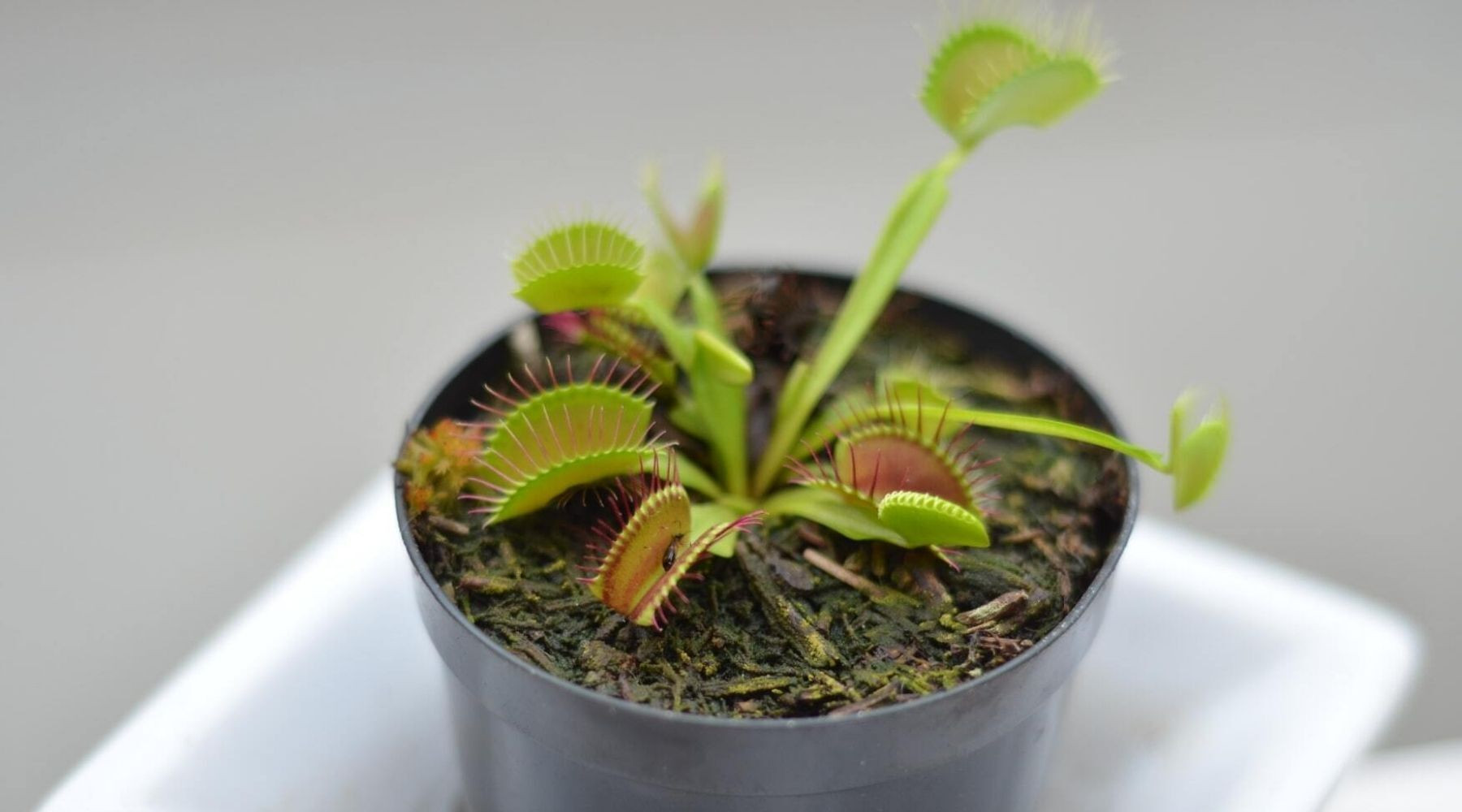 Effective Methods for Getting Rid of Flies on Plants
Effective Methods for Getting Rid of Flies on Plants
If prevention wasn’t enough and you’re now facing a fungus gnat problem, here are several effective methods on how to get rid of flies on plants:
Let the Soil Dry Out
For mild infestations, simply allowing the topsoil to dry out completely between waterings can be an effective solution. Fungus gnats require moist soil to survive and reproduce. By drying out the soil, you make the environment inhospitable for them, eventually leading to their demise.
Don’t worry about harming your plant; most houseplants can tolerate a period of dryness without significant adverse effects. Always check the specific watering needs of your plant species, but allowing the top inch or two of soil to dry out is generally beneficial in gnat control.
Sticky Traps: Targeting Adult Gnats
While addressing the larvae in the soil is crucial for long-term control, dealing with the adult flying gnats can provide immediate relief from the annoyance. Sticky traps are a simple and readily available solution for capturing adult fungus gnats.
These traps are typically yellow cards coated with a non-toxic, sticky adhesive. Fungus gnats are attracted to the yellow color and become trapped on the sticky surface. While sticky traps are not the most humane method, they are effective in reducing the adult gnat population.
For optimal results, place sticky traps near light sources like windows or lamps, as gnats are attracted to light. You can also find sticky traps attached to sticks, designed to be inserted directly into the plant’s soil. Leave the traps in place until the adult gnat population decreases significantly, then dispose of them.
Vinegar Traps: A DIY Solution
For a more environmentally friendly approach, consider using vinegar traps. This DIY method is effective and utilizes common household items.
To create a vinegar trap, mix a few drops of liquid dish soap with apple cider vinegar or white vinegar in a small dish or jar. The sweet scent of vinegar attracts the gnats, while the dish soap breaks the surface tension of the liquid, causing them to sink and drown. Place the vinegar traps near your affected houseplants and replenish the solution as needed until the gnats are gone.
Carnivorous Plants: Natural Predators
For a natural and fascinating approach to pest control, consider introducing carnivorous plants to your houseplant collection. Plants like Venus flytraps and sundews are highly effective at trapping and consuming fungus gnats.
Carnivorous plants not only help control gnat populations but also add a unique and interesting element to your indoor garden. They thrive on insects, providing them with supplementary nutrients and reducing the number of flies around your plants.
Certain easy-care plants like Chinese Evergreens are less prone to gnat infestations due to their lower water requirements.
Chinese Evergreen ‘Silver Bay’
Houseplant Fungus Identification: Addressing the Root Cause
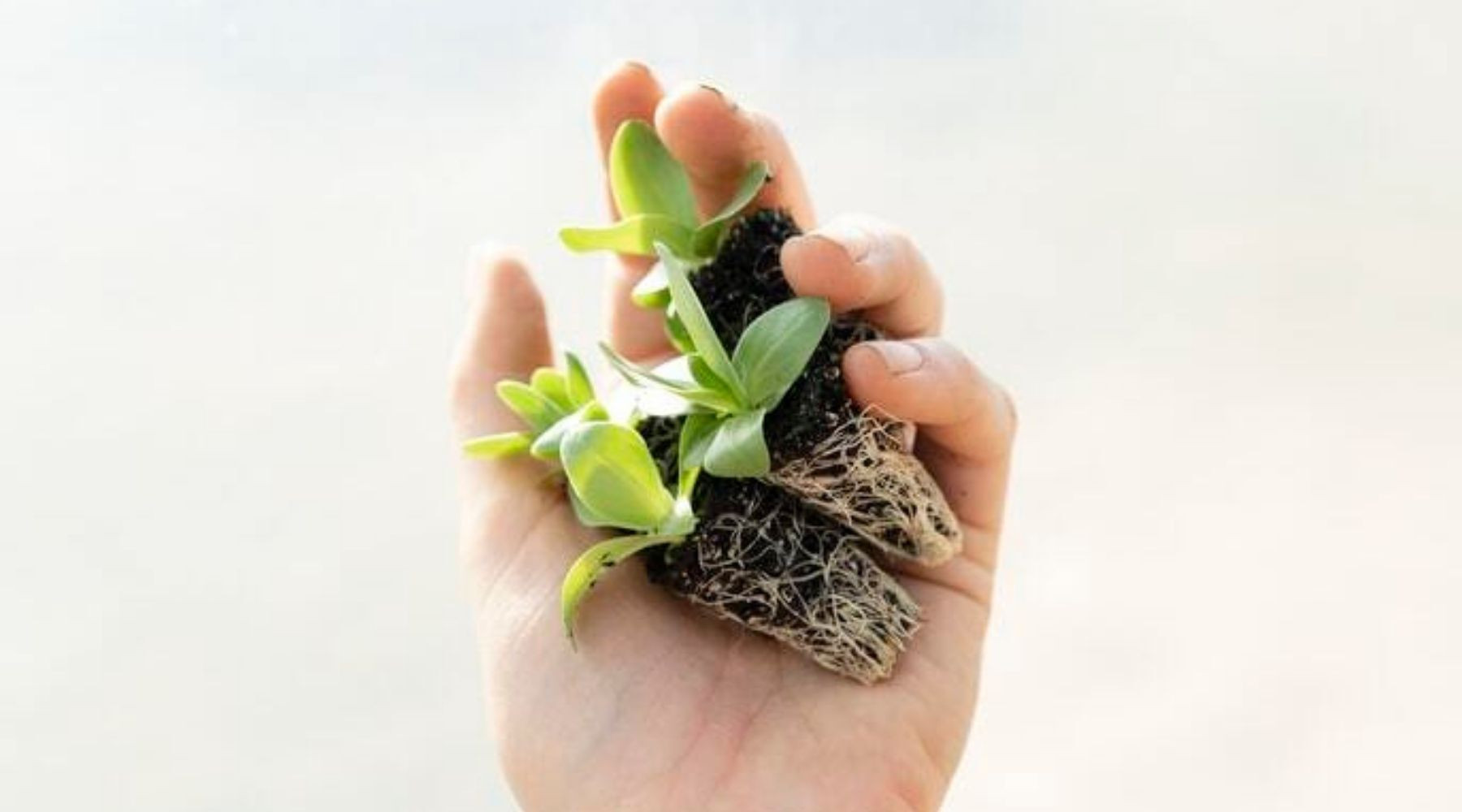 Houseplant Fungus Identification: Addressing the Root Cause
Houseplant Fungus Identification: Addressing the Root Cause
Fungus gnats, as their name suggests, are attracted to fungi and decaying organic matter, often found in overly moist soil. Identifying and addressing fungal issues in your houseplants is a key step in preventing and controlling gnat infestations. Early houseplant fungus identification can help prevent attracting these unwanted pests in the first place.
Root and Stem Rot
Root and stem rot is a common fungal disease in houseplants, primarily caused by overwatering. Excess moisture promotes the rapid multiplication of fungal mycelia, which attack the plant’s roots and stem. Signs of root and stem rot include soft, mushy, brown or black patches at the base of the plant, often accompanied by a foul odor.
Unfortunately, root and stem rot can be severe and often advanced when first noticed. If detected early, you might attempt to save the plant by carefully cutting away infected parts and treating the remaining healthy parts with a fungicide. However, prevention through proper watering and drainage is the best approach.
Grey Mold (Botrytis Blight)
Grey mold, caused by the fungus Botrytis cinerea, is characterized by fuzzy grey patches on leaves, stems, and flowers. It thrives in humid and cool conditions with poor air circulation. While less directly related to fungus gnats, it indicates an environment that could also be conducive to other fungal issues that attract gnats.
If you spot grey mold, immediately remove affected plant parts, improve air circulation, and reduce humidity around the plant. Fungicides can be used in severe cases, but improving environmental conditions is crucial for long-term control.
Fungal Leaf Spots
Fungal leaf spots manifest as small, circular brown or black spots on plant leaves. These are often caused by various fungal pathogens and are more prevalent in humid and cool environments, especially when leaves remain wet for extended periods.
To treat fungal leaf spots, remove affected leaves, improve air circulation, and avoid overhead watering. Allow the plant to dry out slightly between waterings. Fungicides can be used for severe cases, but often, adjusting watering practices and improving air circulation is sufficient.
White Mold on Soil
White mold, appearing as fluffy white growth on the soil surface, is usually harmless saprophytic fungi feeding on decaying organic matter in the soil. It often indicates poor air circulation and consistently moist soil. While white mold itself doesn’t directly harm plants, it signifies conditions that fungus gnats love.
Simply scooping out the white mold from the soil surface is usually sufficient. Improving air circulation and allowing the soil surface to dry slightly can prevent its recurrence.
Question Buster: Common Queries About Flies on Plants
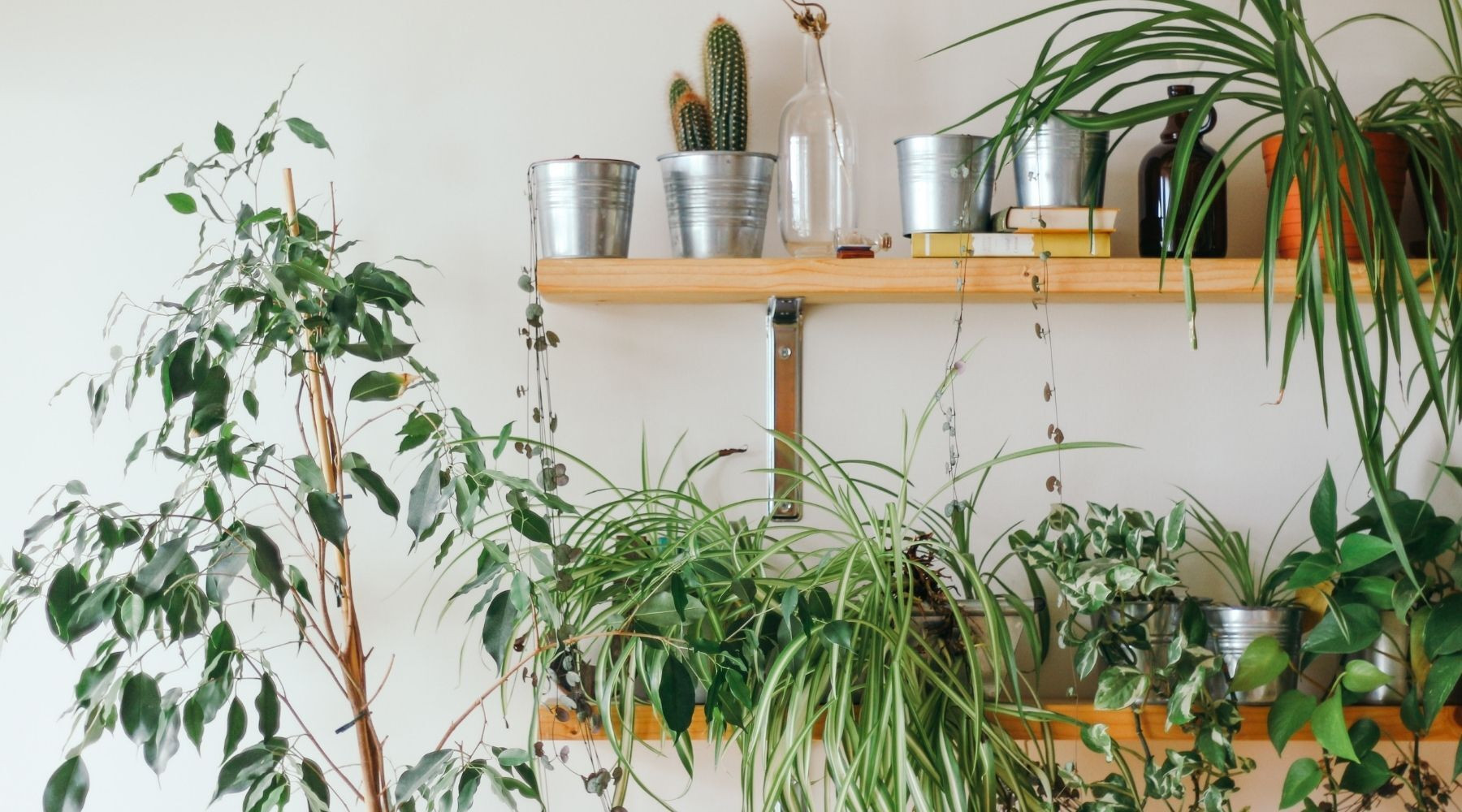 Question Buster: Common Queries About Flies on Plants
Question Buster: Common Queries About Flies on Plants
Will gnats in houseplants disappear on their own?
No, unfortunately not. Fungus gnats reproduce rapidly. If left unaddressed, a small gnat problem will quickly escalate into a larger infestation. Proactive intervention is necessary to break their breeding cycle and eliminate them.
What is the lifespan of a fungus gnat?
Fungus gnats have a relatively short life cycle. They spend the majority of their lives (about two weeks) as larvae in the soil, followed by a pupae stage of 3-7 days. Adult fungus gnats live for approximately 8 days. Understanding their life cycle highlights the importance of targeting the larval stage in the soil for effective long-term control.
In Conclusion
Controlling flies on plants, specifically fungus gnats, is achievable with the right knowledge and approach. By understanding their life cycle, preferred conditions, and effective control methods, you can maintain healthy, pest-free houseplants. Remember, prevention through proper watering and drainage is key. For existing infestations, methods like drying out the soil, sticky traps, vinegar traps, and even carnivorous plants offer effective solutions on how to get rid of flies on plants. Addressing any underlying fungal issues further contributes to a gnat-free environment.
While ideally, houseplants thrive in drier, warmer conditions to deter fungi and gnats, this isn’t always feasible in every home. Consider using dehumidifiers to regulate humidity levels, especially in more humid environments, to create a less hospitable environment for fungus gnats and fungal growth.
